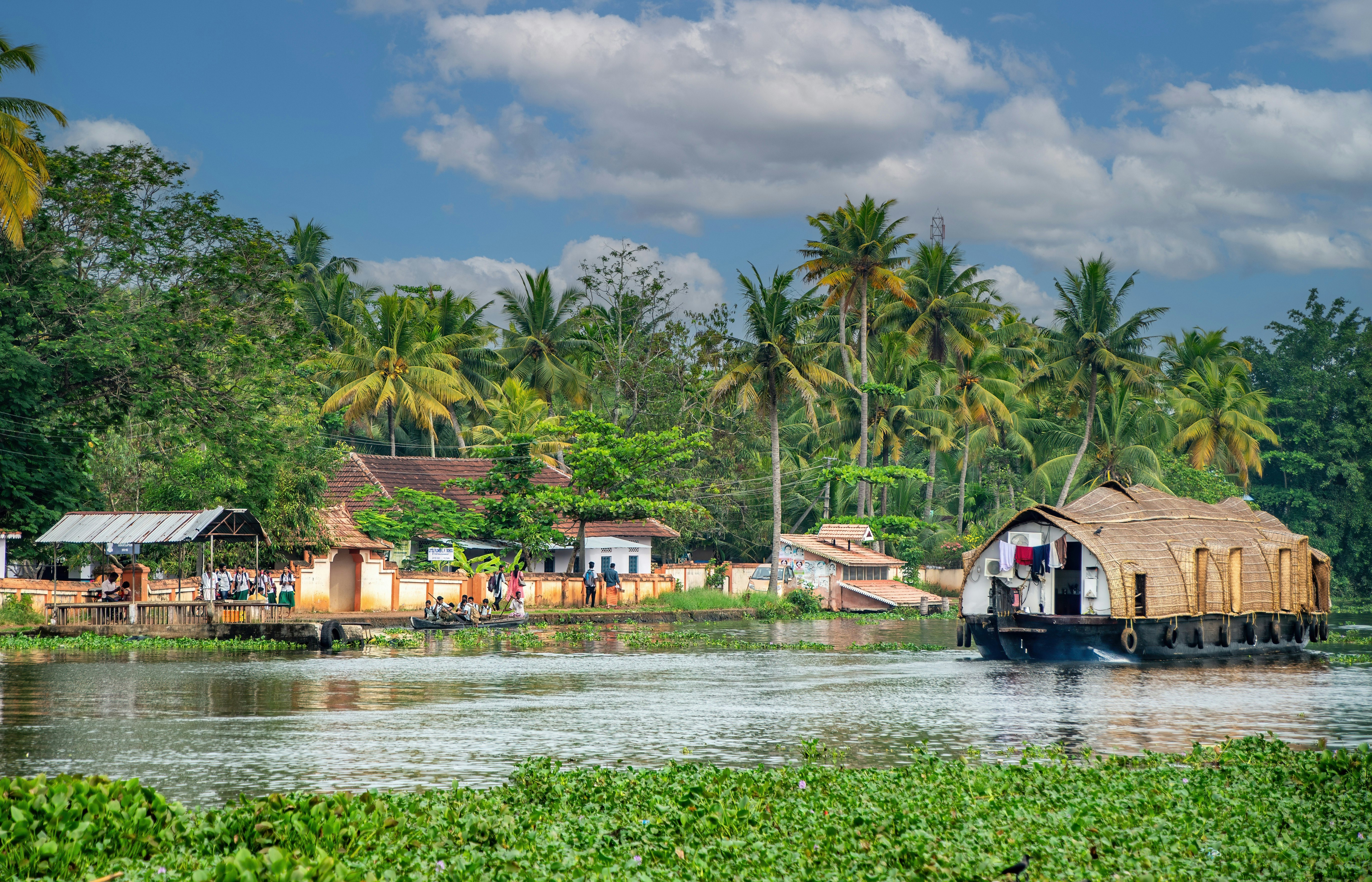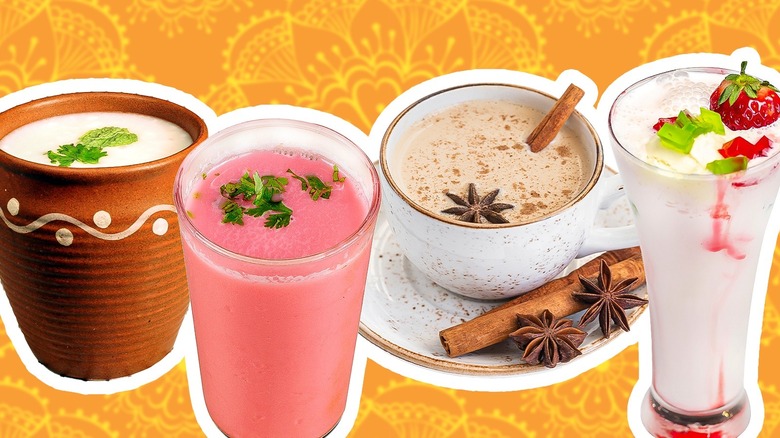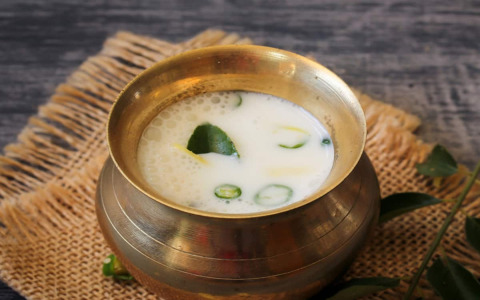So, I got myself into a bit of a rabbit hole the other day. I kept hearing about this one district in India, famous for a particular drink. You know how it is, a name pops up here and there, and you start wondering what the actual deal is. This place, Coorg, and its coffee, that was the target of my curiosity this time around.

My Starting Point
I thought, alright, let’s figure this out. Everyone just says “Coorg coffee is good.” Okay, but why? What makes it special? Is it the beans? The way they make it? I wanted to get past the postcard descriptions. I decided to really dig in and see what I could unearth. My goal wasn’t just to know that it’s famous, but to understand the nuts and bolts of it, from my own research, of course.
The Initial Slog
First thing I did, naturally, was hit the internet. Typed “Coorg coffee” into the search bar. And boy, did I get a flood of stuff. Mostly tourist websites, fancy resort ads, and articles that all seemed to say the same generic things. “Lush plantations,” “aromatic beans,” you know the drill. Pretty pictures, for sure, but not much substance. It felt like everyone was just copying each other.
I spent a good hour or two just clicking through, getting more frustrated than informed. It was all very surface-level. I needed to find something more, something from people who weren’t just trying to sell me a holiday package or a bag of beans with a fancy label.
Digging Deeper – Trying to Find the Real Story
So, I changed tactics. I started looking for smaller blogs, travel forums, maybe even some academic bits if I could find any that weren’t behind a paywall. I was looking for those little nuggets, the kind of details that don’t make it into the glossy brochures. This took a lot more effort. I had to sift through a ton of opinions, some more helpful than others.
- I found some mentions of specific types of beans grown there, not just “coffee beans.” People talked about Robusta, and a particular kind of it that apparently has a stronger kick.
- Then there were bits about how it’s often small, family-owned estates doing the growing. Not massive corporations. That sounded more interesting.
- I also stumbled upon discussions about the local way of brewing, often strong, and sometimes with chicory mixed in, which gives it that classic South Indian filter coffee vibe.
It was like piecing together a puzzle. No single source gave me the whole picture. It was a lot of cross-referencing and trying to see what patterns emerged from all the noise.
What I Eventually Pieced Together
After a good while, a clearer picture started to form. It seems the “famous” part isn’t just one single thing. It’s a combination. The terroir, as fancy people call it – the soil, the altitude, the rainfall in those Western Ghats – that definitely plays a big role. They’re not just growing any old coffee; specific varietals seem to thrive there.
And then there’s the human element. These smaller plantations, often passed down through generations, seem to have a real hands-on approach. It’s not just industrial-scale farming. There’s a craft to it, from picking the cherries at the right time to the specific ways they process and dry the beans. I read that many still use traditional sun-drying methods.

The local culture around coffee is also a big part of it. It’s not just a crop they export; it’s something they drink, prepare in their own distinct ways, often very strong and sometimes with that chicory. So, the reputation is built on the quality of the bean itself, but also heavily on how it’s experienced locally.
So, What’s the Takeaway?
Well, finding out about Coorg and its coffee wasn’t as straightforward as I thought it would be. It’s not like there’s one definitive manual. You really have to wade through a lot of marketing fluff and generic tourist talk. But once you start to connect the dots from different, often more personal, accounts, you get a sense that its fame comes from a mix of unique natural conditions, a tradition of careful cultivation by smaller growers, and a strong local coffee culture. It’s not just a label; there’s a whole ecosystem behind it. And honestly, it makes me think twice about just grabbing any bag of coffee off the shelf without wondering about its real story. This little personal project definitely made me appreciate the effort that goes into a good cup, and the difficulty in finding the real story behind the hype.





